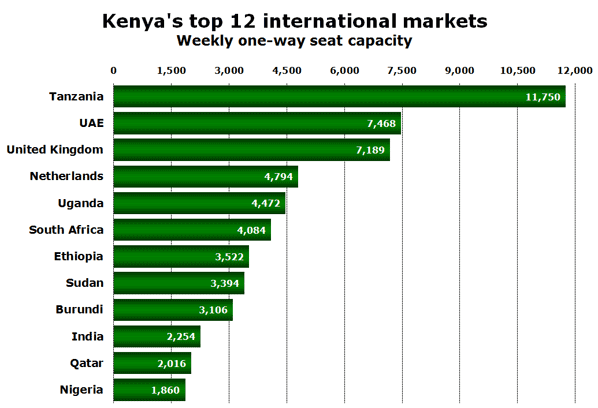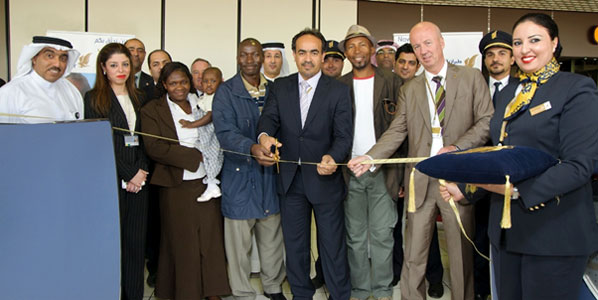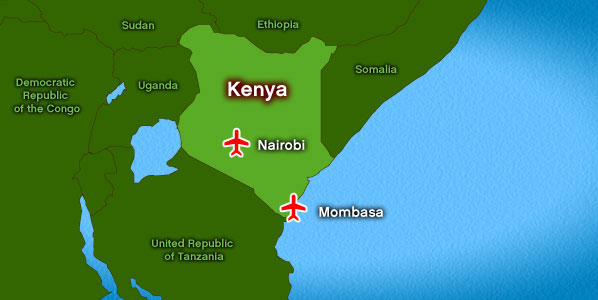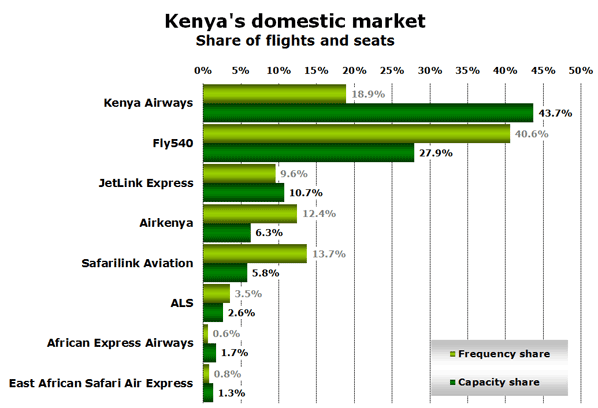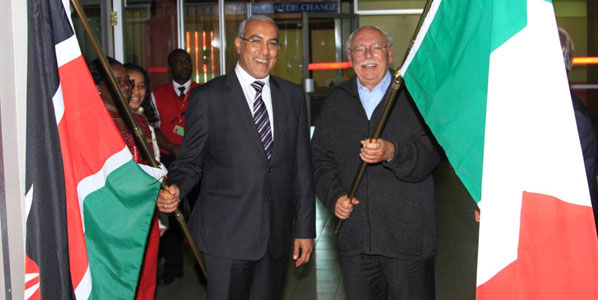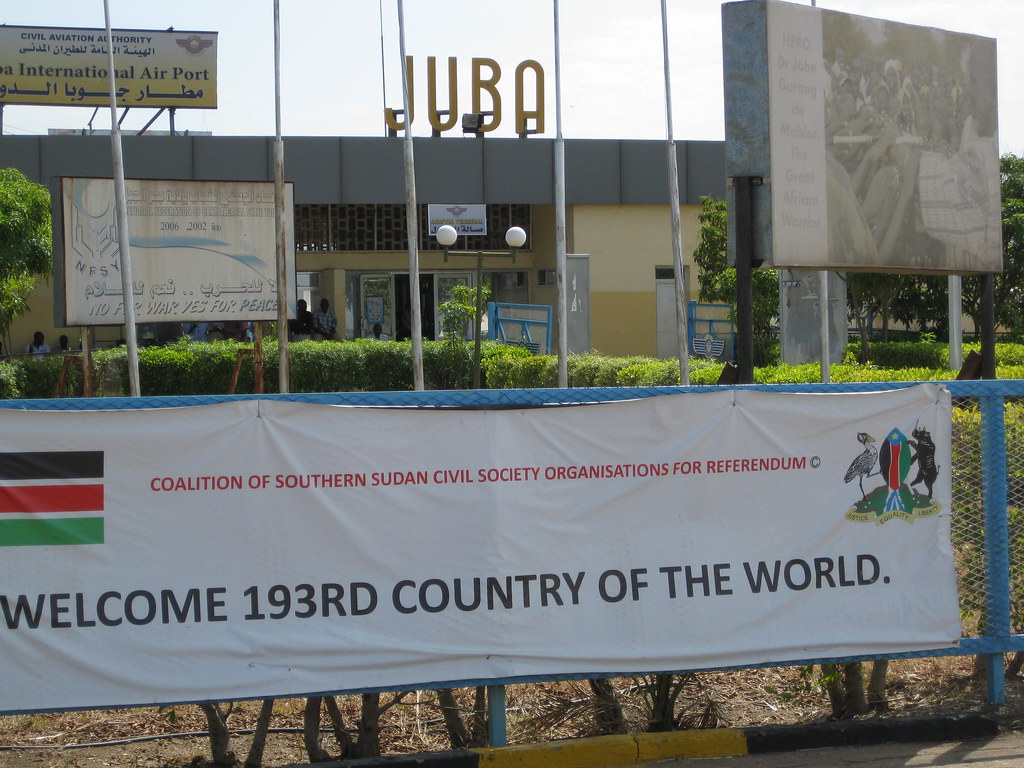She's techsavvy, business savvy and yes a powerful minister in Africa's most populous nation. Nigeria's new aviation Minister Princess Stella Oduah is a super woman, with a wealth of experience in the country's private sector. On her personal website, marketed via Google's adwords program, http://www.stellaoduah.com/ ,she is described as an "amazon of a woman" who has conquered the private sector in Nigeria and successfully established the conglomerate; SPG Group as an enviable group of companies with interest spanning Oil and Gas, Agriculture, Engineering, Logistics and Trading.
So, Madam has her work cut out for her in order to rescue Nigerian Aviation industry. On social media, she interacts with users and responds to their concerns on the industry:
This open and practical approach must now be reinforced with solid investments in infrastructure and enforcement of aviation-friendly regulations to restructure and revive the industry. Madam must come up with short term and long term programs to ensure Nigeria's airlines survive the shocks of the last few months and that the industry is strong enough to march into into the near future, meeting the demands of passengers and airlines alike.
 |
| Nigerian Aviation Minister Stella Oduah |
Princess Oduah was appointed as the country's aviation minister earlier this month and her personal and her style of management has already won her many admirers in a country used to poor service delivery and corruption amongst public officials coupled with a chronically underperforming and ailing aviation sector.
Her leadership style is open, hands-on and embracing of technology; on her Twitter(and she uses Tweetdeck) and Facebook profile , she updates followers and indeed many in the aviation sector on the various initiatives she's undertaking to rebuild Nigeria's aviation industry that has been dogged by countless problems from fuel shortages, financial crisis (that led to a government bailout), airlines suspending operations, delapidated aviation infrastructure and many more.
Just a few days ago, she ordered the collection of N2,500 as Passenger Service Charge (PSC) from air travellers in Nigeria to be stopped, a relief to many passengers!
 |
| Minister on an Airport Facilities Tour |
Nigerian aviation sector needs a shot in the arm to live up to its full potential. Nigerians comprise the bulk of aviation passenger traffic in intra Africa routes and on routes to the Asian market yet Nigerian airlines are unable to service those routes. Instead, the vacuum has been filled by Ethiopian Airlines, Kenya Airways, South African Airways, Emirates and others. Airlines that are all on ambitious expansion programs. Kenya Airways for example, intends to service every African Capital city by 2013, an ambitious yet achievable target. Ethiopian is also on the march even although its plans have been disrupted by the delayed delivery of the B787 Dreamliners. Both South African Airways and Emirtaes are also planning ambitious African expansion programs in the next one year.
So, Madam has her work cut out for her in order to rescue Nigerian Aviation industry. On social media, she interacts with users and responds to their concerns on the industry:
"I accepted this assignment out of passion and the sheer conviction to transform the Aviation Industry and indeed, any sector of our national life that may possibly and positively impact on the greatness of our dear and beloved nation."
"I will be embarking on a fact finding tour of all our airports in the country starting from tomorrow, 11th of July, 2011. The initial phase of this will take me to the Kano, Lagos, Abuja, Port Harcourt and Enugu airports."
"My agenda is to make air transportation the preferred choice of travelling for Nigerians. We want to ensure safety, comfort and efficiency"
This open and practical approach must now be reinforced with solid investments in infrastructure and enforcement of aviation-friendly regulations to restructure and revive the industry. Madam must come up with short term and long term programs to ensure Nigeria's airlines survive the shocks of the last few months and that the industry is strong enough to march into into the near future, meeting the demands of passengers and airlines alike.



